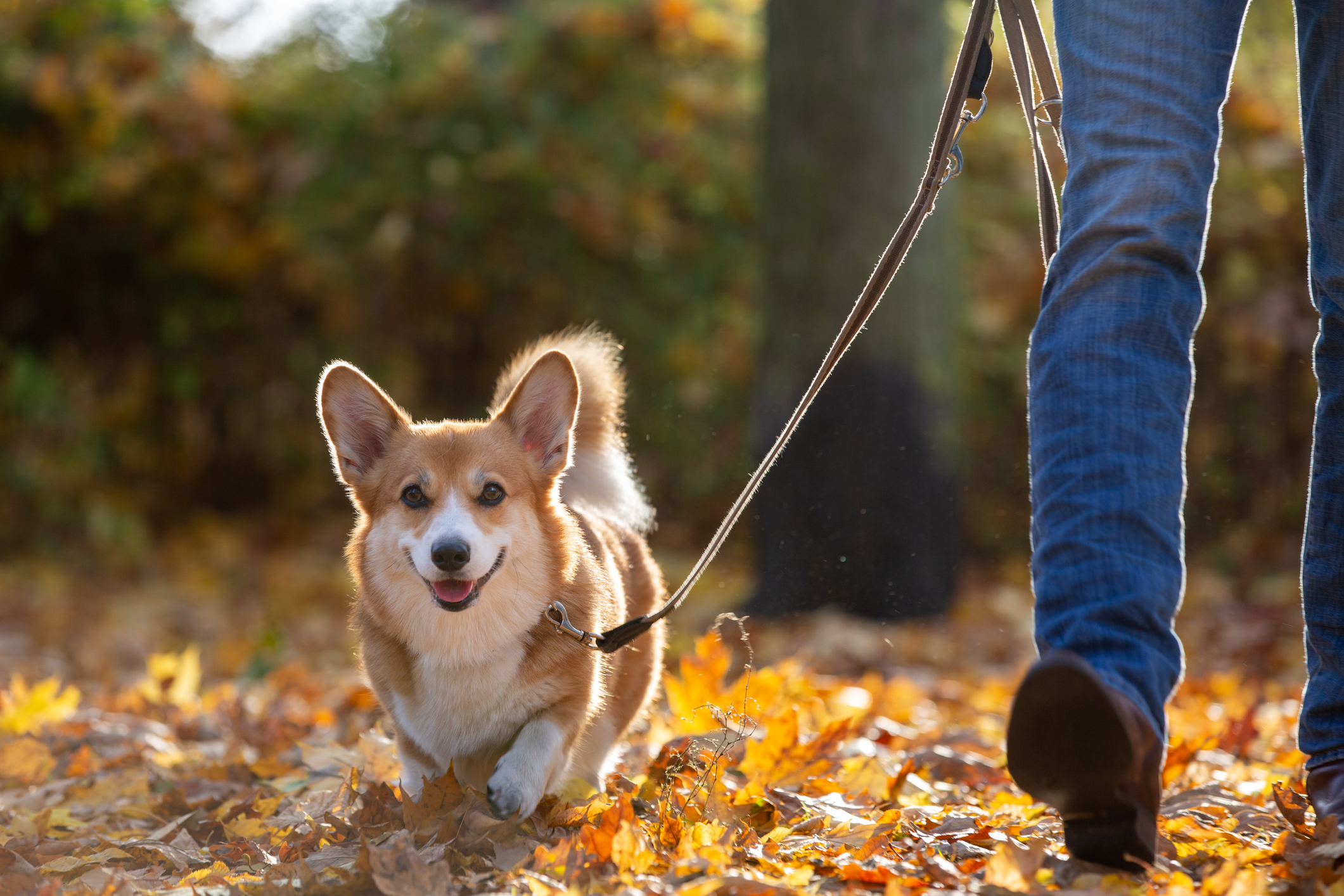Are Fleas Still Active in the Fall
Doctor of Veterinary Medicine

While efforts are made to answer all questions as quickly as possible, if an immediate answer is required or if your pet is in need of urgent or emergency care, contact your pet's veterinarian immediately.
Doctor of Veterinary Medicine

You will receive an answer from Dr. Lindsay and our vet/tech team as soon as possible, usually the same day.
All answers are provided for informational or educational purposes only, and are intended to be a supplement to, and not a substitute for, the expertise and professional judgment of your pet's veterinarian.
It may be necessary to consult your pet's veterinarian regarding the applicability of any opinions or recommendations with respect to your pet's symptoms or medical condition.
CloseDoctor of Veterinary Medicine

An error has occurred, please reload the page and try again.
CloseWhile efforts are made to answer all questions as quickly as possible, if an immediate answer is required or if your pet is in need of urgent or emergency care, contact your pet's veterinarian immediately.
There is no answer related to your question

Summer’s out, and pumpkin spice and cozy sweaters are in. Unfortunately, the fleas that feed on pets in the summer are far from out of season. It’s a common misconception that pets no longer need flea and tick protection after summertime. As it turns out, flea season is just peaking as the leaves start to change colors. Learn where fleas lurk in the fall and how to protect your pet from these persistent pests.
Why Flea Season Is Lasting Longer
Veterinarians and pet parents across the United States are noticing that more pets are affected by parasites and tick borne illnesses each year, and that peak flea and tick season is becoming longer. With milder, delayed winters, pet parents cannot depend on cold weather to keep fleas and ticks at bay.
Cold temperatures slow down the flea life cycle, so you’ll see less of them come winter. But you’ll still need to protect your pet to avoid fleas that survive indoors, as well as those that emerge on unseasonably warm winter days.
It takes at least 5 days of freezing temperatures to begin to kill off flea populations outdoors. Eggs take longer to hatch and pupae take longer to emerge in the winter, but can easily lie dormant for weeks, even months. All it takes is one unseasonably warm day for fleas to emerge, repopulate, and attack your pet. That’s why year-round flea and tick protection is more important than ever.
Fall Time is Peak Flea Season
While warm temperatures earlier in the year bring out fleas and ticks, much of the summertime is inhabitable to pests. Fleas cannot survive temperatures above 95 degrees Fahrenheit and humidity levels lower than 50%. This is because, like other insects, fleas absorb moisture from the air, rather than by drinking water. Eggs and pupae dry out in low humidity, leading to low hatch rates.
In the fall, warm temperatures and higher humidity can lead to a flea population boom. These perfect conditions create a phenomenon known as “super fleas,” which are just fleas that, in the right conditions, can lay eggs faster and hatch more quickly than usual.
This fall “super flea” phenomenon can make it seem as though flea preventatives that once worked are no longer as effective. Fleas can emerge as quickly as they’re killed off. When you’re fighting a surge of fleas in the fall, you may need extra diligence and multiple layers of defense to keep your pet flea-free.
Protect Your Pet During Fall Flea Season
Despite the takeover of fleas and ticks, fall is still a great time to travel and enjoy the outdoors with your pets. By watching out for flea and tick hotspots and keeping your pet protected year-round, you can get ahead of this fall flea season.
- Keep pets out of leaf litter. Fleas and ticks love warm, moist leaf litter, wood piles, and other shady places.
- Check pets for fleas and ticks after walks. Catch pests before they hitch a ride indoors by checking your pet from nose to tail, paying special attention to areas like between toes, behind ears, in armpits and your pet’s belly.
- Use perimeter spray to get rid of fleas and ticks outdoors close to home.
- Apply home flea and tick products and vacuum often to get rid of pests that hope to wait out the winter in carpets, on curtains, pet bedding, and other soft surfaces.
- Keep your pet protected year-round with a topical or chewable flea and tick preventative. Always use products according to package instructions and use the appropriate product for your pet’s size and species.
 Swipe
Swipe



















